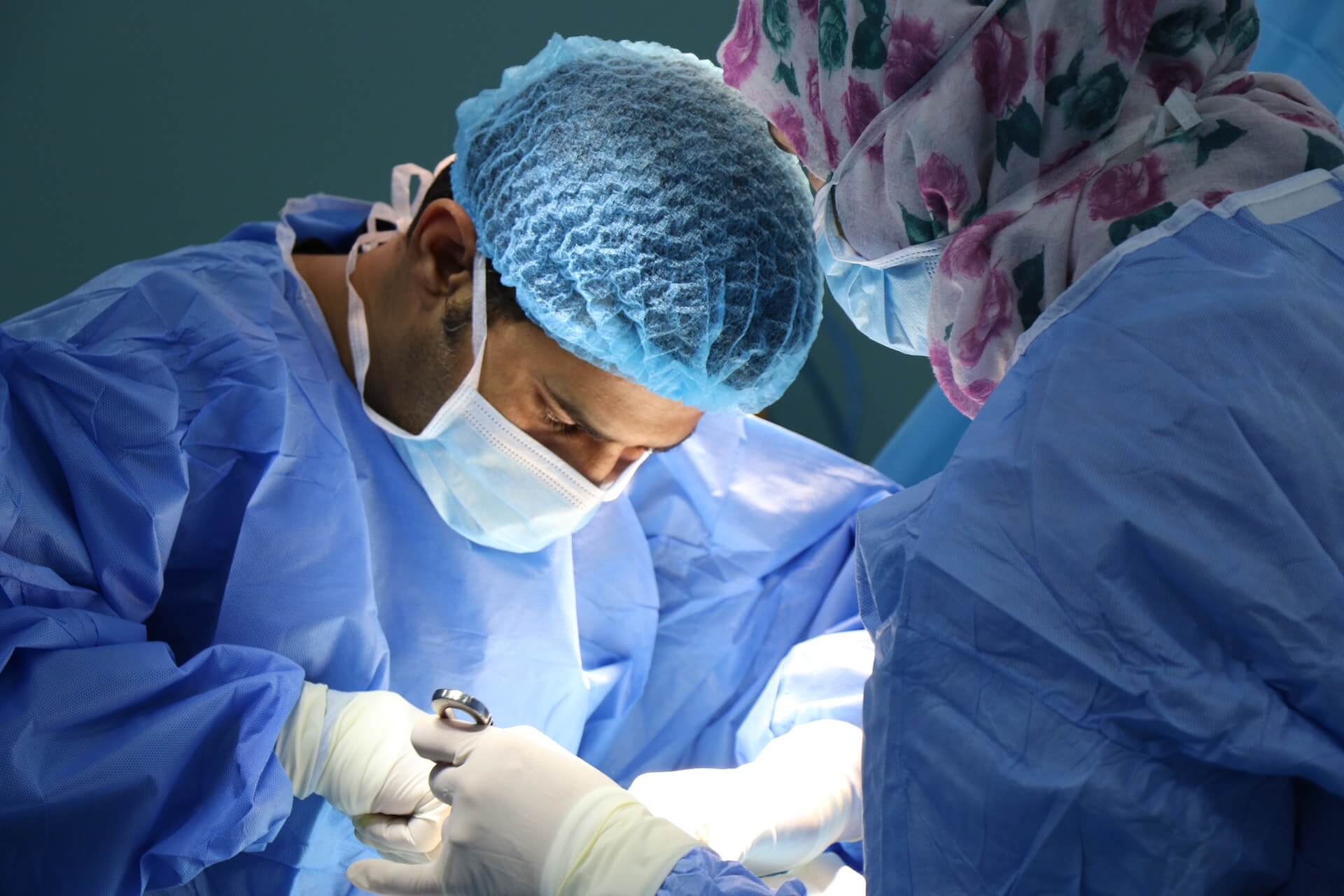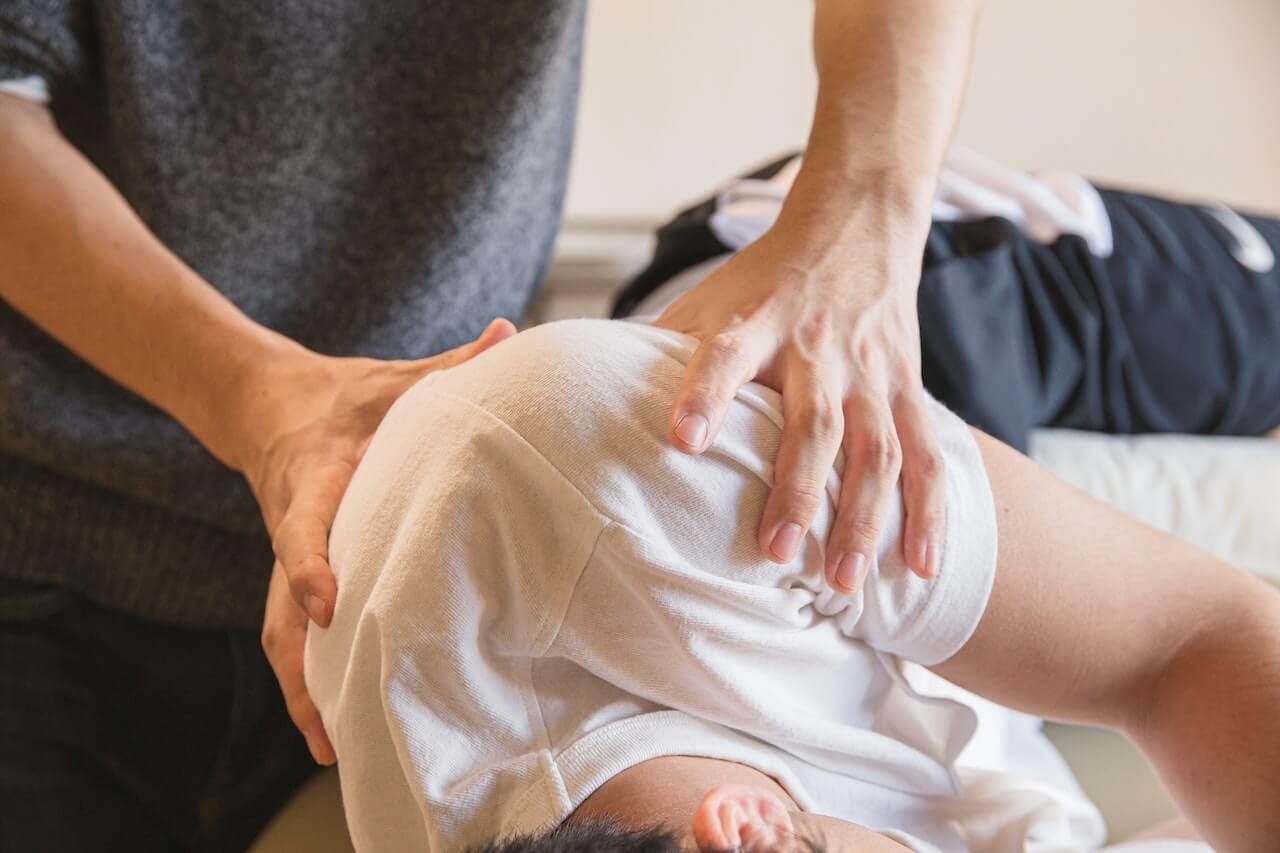In recent years, most doctors and patients are realizing that following an operation, and in some cases preceding it, specific exercises or physical therapy is one of the most important parts of a healthy and successful recovery.
Even though it may not seem like a good idea to move around and exercise after surgery (and sometimes it isn’t), when it comes to orthopedic surgery, exercise and PT only improve outcomes.
What is orthopedic physical therapy?
Orthopedic physical therapy is therapy in which you’re focusing on your musculoskeletal system, including tissue, bones, joints, muscles, ligaments and tendons.
After all, everything is connected, and orthopedic physical therapy is a mode of both prevention and recovery for your entire body.
An orthopedic physical therapist is a specialist who can evaluate your condition and diagnose the issue or condition you have. During your orthopedic physical therapy appointment, your therapist can:
- Determine an appropriate approach to movement
- Create a bespoke plan for treatment
- Instruct the physical therapy itself
- Provide education on how to manage your condition or injury and how to prevent any further issues
According to Healthline, orthopedic physical therapy is often provided in outpatient clinics after surgery, hospitals for those dealing with various conditions, skilled nursing facilities, sports facilities for those dealing with injuries or looking for prevention, and now, with innovations like Kemtai, even in your home.
Most therapists have their doctorate degrees, so you can be confident your therapist is well-educated and highly competent. They’ll create an exercise plan that will likely include strengthening, mobility, or balance-building exercises.
How physical therapy helps improve post-surgery outcomes
Physical therapy is useful for people of all ages with conditions resulting from sports injuries, accidents, mobility challenges, as well as chronic conditions and developmental challenges in children. Those who enjoy the best results are consistent and committed to their regimen.
Each session of physical therapy is an important extension of surgery and recovery. When followed properly, you can expect a list of positive outcomes.
No two physical therapy sessions are alike. As you progress well, your visits may change in length and frequency, and you’ll learn techniques to help continue your healing at home.
Daily physical therapy is a must
Once surgery is behind you, you’re on the road to recovery. Some folks believe that having a few weeks to rest and recover will serve you well, however, research shows otherwise.
The National Library of Medicine found “evidence suggesting an association between early access to community outpatient services and improvement of some patient outcomes.”
Patients who are up and moving right after surgery have faster recovery times than those who are allowed to rest and recover before rehabilitation. For example, patients who have a knee or hip replacement are encouraged to stand and walk within 24 hours. And an early goal for many patients post-op is restoring a normal range of motion – and often these exercises should be done everyday or multiple times per day.
Even though physical therapy is often uncomfortable right after surgery, it’s far less painful than waiting. Those first few weeks after surgery are incredibly important and physical therapy helps patients regain mobility and recover faster, ensuring any repairs made during surgery heal properly.
However, following an operation, many patients only have the opportunity to see a physical therapist once a week or even less. Some are actually directed to outpatient PT but can only get an appointment a few weeks after which again diminishes the potential positive impact.
Some are waiting 4-6 weeks after surgery to begin physical therapy when scar tissue is already setting in. When a surgeon cuts layers of skin, tissue, and muscles, scar tissue forms from inflammation and irritation around the affected area increasing pain and decreasing movement.
Pre-surgery PT can be as essential as post-surgery
Some may be unfamiliar with the benefits of physical therapy before surgery, but the results speak for themselves.
It makes sense that the stronger you are going in, the stronger coming out and many medical centers will prescribe pre-surgery physical therapy to improve rehabilitation results.
If you’re having a knee operation, for example, pre-surgery you’ll want to spend time strengthening your hamstring, quadriceps and core muscles so they can support your knee in recovery.
A physical therapist can also help prepare you for adjustments you will have to make early in your recovery. For example, you may have to think about how you’ll pick up something from the floor, move around your home and eventually return to work and devise an exercise plan that will support your recovery.
Another pre-surgery consideration might be to set up a “recovery zone” in your home, making things accessible and ready for your recovery period. For example, if your bedroom is on the second floor of your home, you might want to set up a bedroom or resting area on the first floor, to avoid having to use the stairs frequently after surgery.
Kemtai – The New Way to Perform PT
Even with all its benefits, physical therapy has its challenges. It can be difficult to make timely physical therapy appointments, and difficult to travel back and forth to the office, especially after surgery.
Plus, it can be difficult to know if you’re accomplishing your at-home exercises correctly, so as not to impede your recovery.
Kemtai makes an excellent partner to your in-house physical therapist and could assist you to correctly execute your exercises at home to promote optimal healing.
Kemtai is like a virtual visit to your physical therapist from home where it’s most accessible and comfortable. Virtual therapy may allow you to continue making progress on your recovery without needing to leave home. For many, having access to an at-home solution might make physical therapy considerably more feasible than traveling to in-person appointments.
Using a proprietary motion detection platform, Kemtai could give patients the opportunity to rehabilitate from home and helps physical therapists complement their in-clinic patient work and could ensure patients are performing exercises correctly at home.
Founded by ambitious entrepreneurs and experts in the computer vision field, Kemtai can work on any device with a camera. Patients receive feedback and guidance while exercising that may ensure their recovery is progressing forward.
With Kemtai, post-surgery patients might begin to move safely every day with proper digital guidance, so they could regain movement and independence.
Kemtai could get you moving – and this movement can prevent scar tissue from developing further and can also help keep pain at bay.




